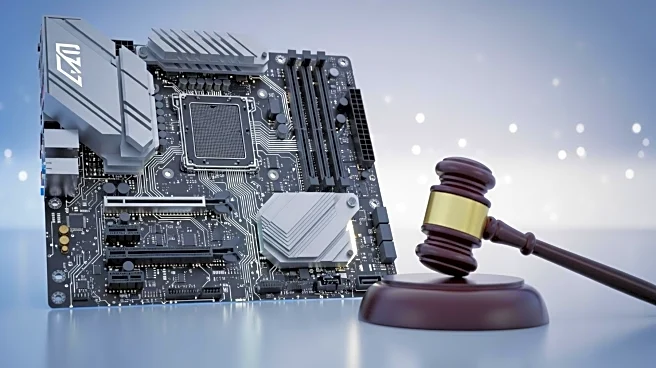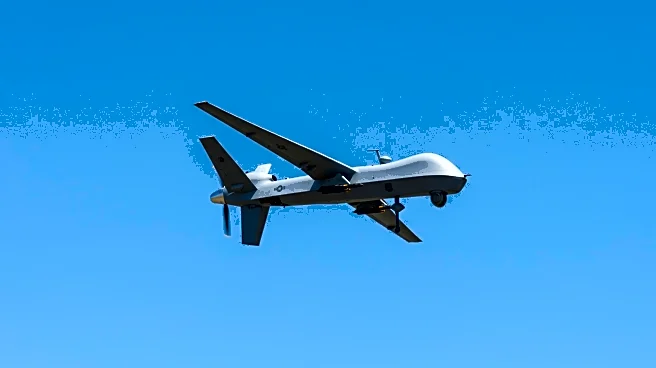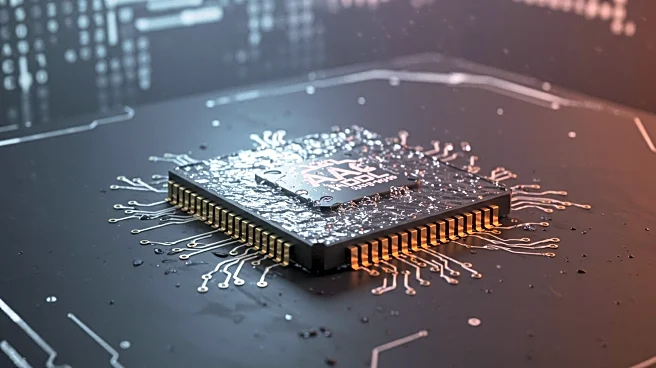Rapid Read • 8 min read
The Department of Defense (DoD) has decided to disestablish the Joint Capabilities Integration and Development System (JCIDS) as part of a broader effort to streamline and accelerate the acquisition process. This decision was formalized in a memorandum signed by Defense Secretary Hegseth and Deputy Secretary Feinberg. JCIDS, established in 2003, was intended to validate capability requirements across the DoD but had become a cumbersome process, adding over 800 days to the capability approval cycle. The new approach aims to enable agility in requirements, bring industry to the table, and drive structural change. The initiative is part of Executive Order 14265, which focuses on modernizing defense acquisitions and spurring innovation in the defense industrial base.
AD
The disestablishment of JCIDS is significant as it addresses long-standing criticisms of the DoD's acquisition process, which has been seen as slow and inflexible. By enabling agility in requirements and fostering closer collaboration with industry, the DoD aims to better align resources with pressing operational needs and integrate industry innovations into capability development. This reform could lead to more efficient and effective development and fielding of systems for warfighters, potentially strengthening the U.S. defense industrial base. The creation of a Joint Acceleration Reserve (JAR) offers fiscal flexibility to address urgent capability needs, although it may face skepticism from Congress.
The DoD will need to integrate this new approach with existing Pentagon processes to ensure lasting structural change. The establishment of the Requirements and Resourcing Alignment Board (RRAB) is a key step in this direction, as it will drive requirements development processes aligned with the new guidance. The RRAB's budget authority positions it to effectively implement these changes. The DoD will continue to engage with industry to inject innovations into capability requirements, complementing ongoing experimentation and prototyping efforts.
This reform effort highlights the DoD's shift towards a more collaborative and flexible approach to capability development, which could have long-term implications for the defense industrial base. By prioritizing agility and industry engagement, the DoD is positioning itself to better respond to evolving national security threats and technological advancements. This approach may also influence broader defense policy and acquisition strategies in the future.
AD
More Stories You Might Enjoy










